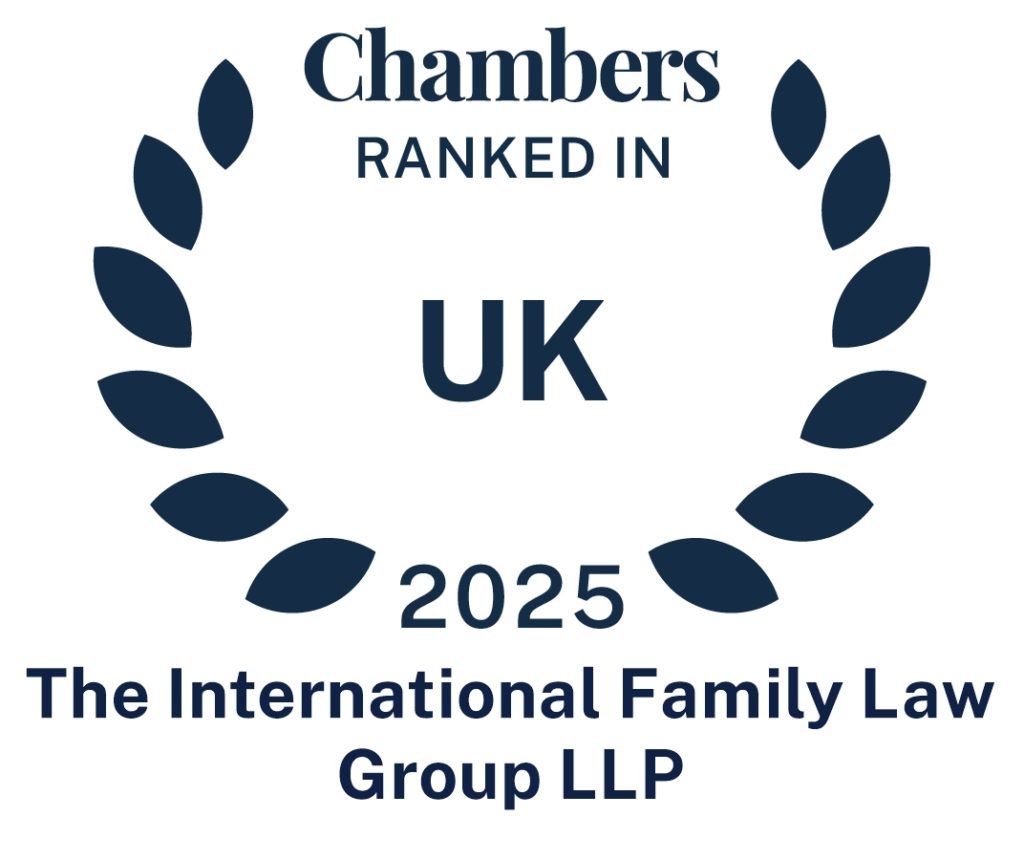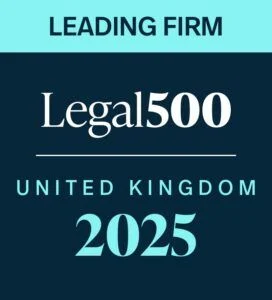This is my second article about the Family Court’s Transparency Pilot Scheme. It reviews the Pilot Scheme. It reviews the Pilot Scheme since its implementation on 30 January 2023.
My first article about the Pilot scheme provides a detailed introduction to the relevance of transparency in family courts:
https://iflg.uk.com/blog/the-transparency-pilot-a-relaxation-of-rights-to-privacy-in-family-proceedings
The Story so Far
In broad summary, in October 2021 the President of Family Division, Sir Andrew McFarlane concluded major reform and a cultural shift towards greater transparency were needed. This was to enhance public confidence in the family court system, whilst maintaining a suitable level of anonymity and protection for vulnerable parties.
In December 2021, the family court Transparency Implementation Group (“TIG”) met to determine the scope of any transparency pilot scheme.
Around the same time, Mostyn J was questioning the lawful basis for treating the privacy of individuals in financial proceedings in family courts differently from those involved in other civil court proceedings.[1] Whilst Mostyn J concluded no lawful basis for the distinction, other judges have adopted a different view.
On 30 January 2023 a 12-month Transparency Pilot Project begun in three test courts (Carlisle, Leeds, and Cardiff) to explore the impact of greater freedoms of the press to report what they witness in Court. The Pilot started with public child law proceedings (cases involving local authorities) but in May 2023 this extended to private children law proceedings. In October 2023 the Children Law Pilot scheme was also extended to Magistrate’s Courts.
When the Pilot Scheme was launched it was anticipated that a report from the Financial Remedies Sub-Group of TIG, chaired by HHJ Farquar would be published about a month after the children law pilot commenced, to assess whether the family courts should be more transparent in financial family law proceedings. Their Final Report ‘Transparency in the Financial Remedies Court”[2] was prepared in April 2023 and published in May 2023.
TIG’s Recommendation
TIG’s report was extensive and made recommendations for the improvement of transparency in financial family Courts. However, the Sub-Group did not go as far in its recommendations as some had anticipated, and others had hoped.
The Report’s main recommendations appear in the ‘Recommendations – At a Glance’ section, at pages 12-14 of the Report and can be summarised as follows:
Recommendation 1 – Out of Court Settlement
Private settlements should remain private and the supporting Statements of Information (Forms D81)[3] submitted with a draft Consent Order, should also remain private.
However, they supported the anonymous analysis of Forms D81 for different family scenarios, to gather data which could be used by practitioners and the public to improve rates of private settlements. It was acknowledged this analysis would require administrative resources. These resources are not yet in place.
Recommendation 2 – Listing
All Court lists should contain the names of the parties, whether the hearing is ‘in person’ or ‘remotely’, plus a short description of the type of hearing listed, to aid access to reporting.
Whilst this occurs to varying degrees in most Family Courts (and new codes have been adopted to help reporters navigate court lists) it does not yet occur in the Royal Courts of Justice, (‘RCJ’). To enact this recommendation will require a change of policy by the Royal Courts of Justice.
Recommendation 3 – Attendance of Reporters at Hearings
Better training for lawyers and the judiciary about who can attend financial remedy hearings, to include a copy of TIG’s report[4] ‘What to do when a Reporter Attends Court’ being available in every Court.
Recommendation 4 – Provision of Documents to Reporters
Reporters and legal bloggers should have access to some supporting documents to ensure they are in a better position to understand and report accurately the issues being discussed at any financial remedy hearing they attend. The Sub-Group considered these would commonly include:
- The ES1 – A joint schedule of assets, and
- The Position Statements of the parties, setting out their orders sought.
Reporting Orders under FPR r29.12 should determine a reporter’s access to relevant documentation. The judge will have discretion in this regard.
Recommendation 5 – Anonymity
To maintain the position adopted by most Financial Remedy Judges, that parties should retain their anonymity, but this right might be lost due to poor conduct or for other reasons.
Whilst it is anticipated this would remain the practice in almost all hearings, the sub-committee recognised that Mostyn J openly disagrees that any legislation exists which affords anonymity to the parties.
The sub-group felt that if Mostyn J is correct in his view of the law, a change of approach would probably require an amendment to the statute.
Consequently, for now they recommended safeguarding the adult parties’ anonymity save in relatively exceptional circumstances.
Recommendation 6 – Reporting of Cases
The law is unclear about what can be reported about financial remedy hearings. This has led to very few financial remedy cases being reported as reporters can fall foul of the Administration of Justice Act 1960, which treats such disclosure as Contempt of Court.
Wider use of Reporting Orders would provide clarity about the scope of reporting permitted in a particular case. For example, the standard Reporting Order permits reporting subject to anonymisation, but this can be amended upon application by the reporters of the parties.
Recommendation 7 – Appeals
No change is proposed.
Appeals to High Court Judges and to The Court of Appeal are held in open court (i.e., publicly) and are not usually anonymised. Reporters can request skeleton arguments. There is also discretion to hear an appeal to a Circuit Judge in public.
Recommendation 8 – Publication of Judgments
Reported cases are predominantly High Court cases, usually involving untypical family finances. Therefore, more judgements should be published by the District and Circuit Benches. (To occur whenever there is a written judgement available).
It was thought that a pilot scheme for financial remedy cases would follow.
Subsequent Developments
On 11 December 2023 Sir Andrew Macfarlane announced a financial remedies pilot scheme would commence on 29 January 2024 and it will adopt the recommendations from TIG’s report.[5] Attached to Sir Andrew Macfarlane’s guidance are 4 annexes, comprising:
- What to do when a reporter attends (or wants to attend) your hearing A guidance note for judges & professionals[6]
- A Final Transparency Order precedent[7]
- An interim Transparency Order[8]; and
- A judgement Rubric[9]
The Financial Remedies Transparency Pilot Scheme
From 29 January 2024 journalists and legal bloggers will be able to report on financial remedy proceedings in three financial remedies’ courts at the Central Family Court, Birmingham, and Leeds. They will be able to attend remote and in-person hearings but should provide advance notice of their intention to attend. They will also need to produce an ID if they are a member of an accredited media organisation, or complete Form FP301 (if they are a blogger).
The pilot will run for 12 months.
Applicable Financial Proceedings
- Financial remedies upon divorce
- Schedule 1 Children Act 1989 (for child maintenance)
- Part III of the Matrimonial and Family Proceedings Act 1984 (for financial provision following a foreign divorce)
Excluded Financial Proceedings
Financial dispute resolution hearings (FDRs)
Other Aspects of the Financial Remedies Transparency Pilot Scheme
The details of any reporter attending the hearing should appear on the face of any court order.
When a reporter attends a hearing, the court will consider making a Transparency Order including any restrictions on what they can publish about the case. All parties must be prepared to address the Court on whether a Transparency Order is appropriate.
ES1 Forms and Position Statements will usually be provided to reporters or bloggers. However, the reporter requires the court’s permission to receive other copied documents which are referenced in the hearing.
The financial remedies pilot scheme will be extended to High Court level cases in the Royal Courts of Justice, on 4 November 2024.
Next Steps for The Children Transparency Pilot Scheme
A report evaluating the Children’s Transparency Pilot Scheme is due in early 2024.
It is also due to be extended to other courts in early 2024.
Conclusion
Issues of transparency, led by Sir Andrew MacFarlane, remain high on the agenda of family law review and it will be interesting to see how many additional financial remedy judgements are published, particularly amongst more typical families and how those judgements are reported by the media.
In the longer term, there seems real scope (if resources can be found to do so) for the analysis of data in financial remedy proceedings arising from Form D81s in settled cases and an increase in the publication of judgements at District and Circuit Court level, to produce valuable data and guidance to aid the settlement of financial cases.
Lucy Greenwood
[email protected]
The International Family Law Group LLP
www.iflg.uk.com
© January 2024
Citations
[1] Gallagher v Gallagher (No.1) (Reporting Restrictions) [2022] EWFC 52
[2] Transparency in the Financial Remedies Court
https://www.judiciary.uk/guidance-and-resources/final-report-of-the-financial-remedies-court-frc-sub-group-of-the-transparency-implementation-group/
[3] https://assets.publishing.service.gov.uk/media/63f600c4e90e077baea173b9/D81_0223_save.pdf
[4] https://transparencyproject.org.uk/wp-content/uploads/WHAT-TO-DO-WHEN-A-REPORTER-ATTENDS-FINAL.pdf.
HMCTS have also produced guidance: https://assets.publishing.service.gov.uk/media/5b190ddbed915d2cd7a165d7/ex711-eng.pdf
Guidance From the President of the Family Division 11 December 2023
[5] https://www.judiciary.uk/wp-content/uploads/2023/12/Reporting.PilotScheme.Final_.President.pdf
[6] Page 9 https://www.judiciary.uk/wp-content/uploads/2023/12/Reporting.PilotScheme.Final_.President.pdf
[7] Page 16 ditto
[8] Page 22 ditto
[9] Page 26 ditto
- Lucy Greenwoodhttps://iflg.uk.com/team/lucy-greenwood
- Lucy Greenwoodhttps://iflg.uk.com/team/lucy-greenwood
- Lucy Greenwoodhttps://iflg.uk.com/team/lucy-greenwood
- Lucy Greenwoodhttps://iflg.uk.com/team/lucy-greenwood











